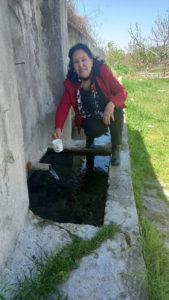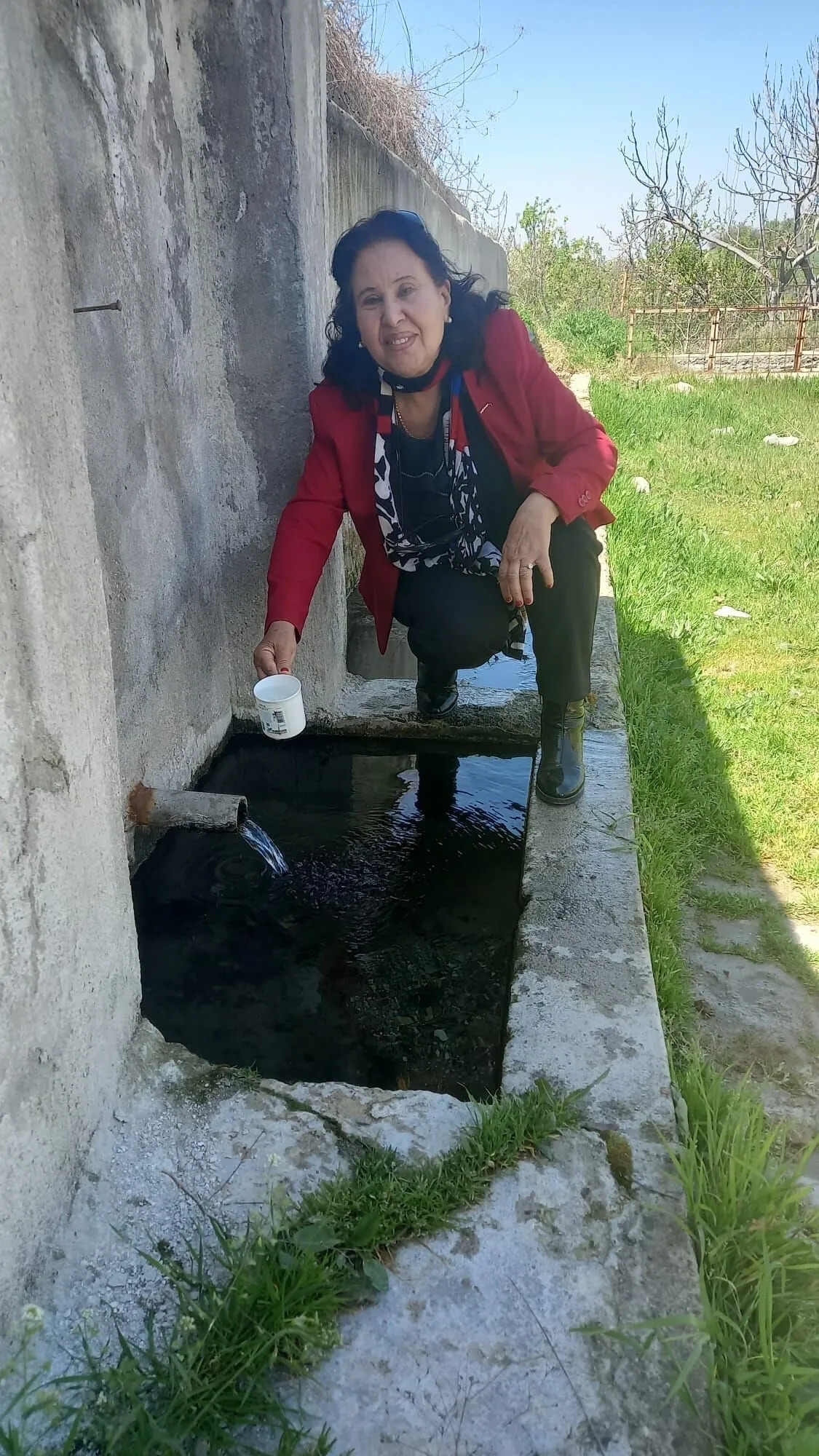Historic water wells in Didim, which have existed since before the First World War, are in danger of disappearing.
These hundreds of years old water wells were used for years by the immigrants who settled in Didim after the population exchange.
However, it is expected that these wells, which were covered or destroyed by the installation of modern water lines, could be restored and brought into tourism.
Following the exchange between Turkey and Greece within the scope of the Lausanne Peace Treaty signed in 1923, the Greeks living in Didim district were sent to Greece. They were replaced by Muslim Turks from the Thessaloniki and Kavala regions of Greece.

At that time, the Greeks living in the region of Didim, formerly known as Yoran, met their water needs from the water wells they opened in different parts of the city. Turkish citizens who came to Didim after the population exchange continued to meet their water needs from these wells.
62 Water Wells
While some of the 62 water wells, located in various regions of Didim and known by local names, have survived to the present day, many of them have been demolished or buildings have been built on them.
These water wells, which were used for drinking and agricultural purposes by the first immigrants who came to Didim and their children, are in danger of extinction today.
Gülay Zübeyde Muslu Yalçın, a retired teacher who is the grandchild of a third generation exchange resident in Didim, has many memories about the old water wells.
Yalçın said: “When I was a child, there were no fountains in Didim, formerly known as Yoran. Our elders who came with the exchange have been drawing water from wells with buckets since 1924.
“Before Yoran village became Didim, we had wells in every district, in the fields, in every neighborhood. Water was drawn from wells with tin buckets and containers and filled into jugs. The jugs were carried either on the shoulder or on donkeys.
“The young girls of the village would gather in the evenings and take water jugs on their shoulders from the wells in the village. During tobacco plantings, water was carried from wells in wooden barrels.
“It would be nice if we could determine the place of these cultural values as a historical moment, as a symbol. I think it would be good for Didim’s past if these symbolic cultural assets can be preserved to future generations,” she said.
